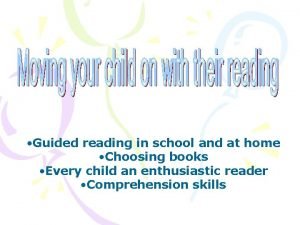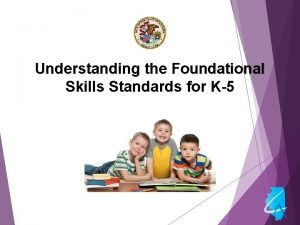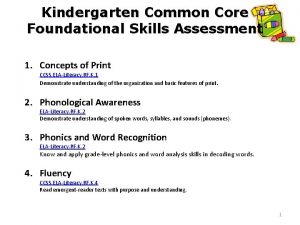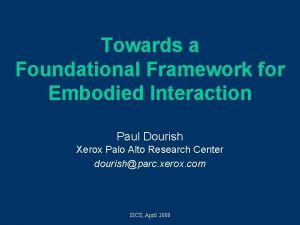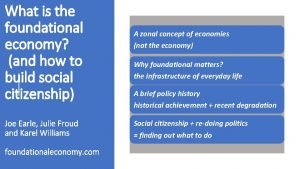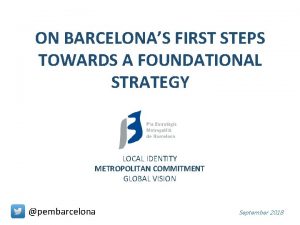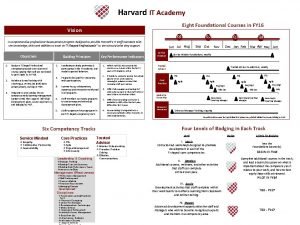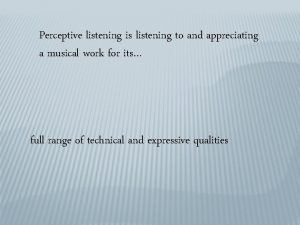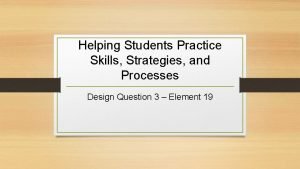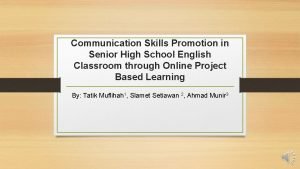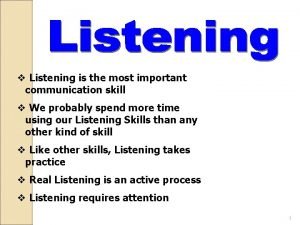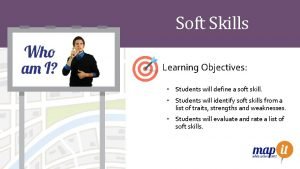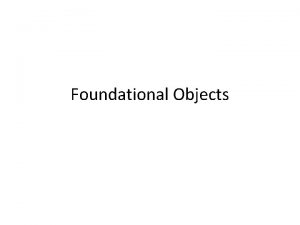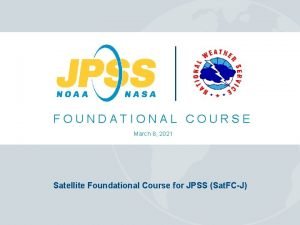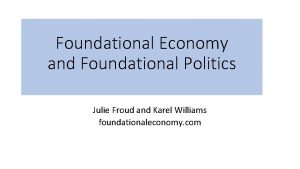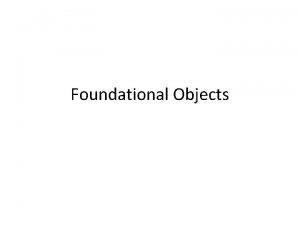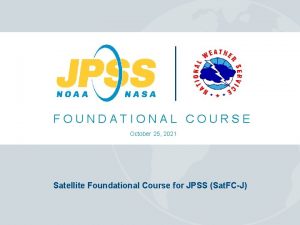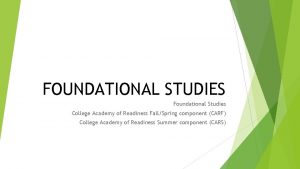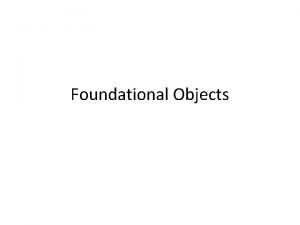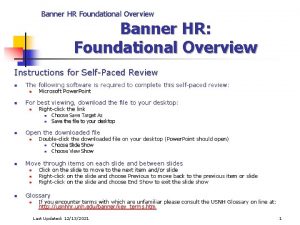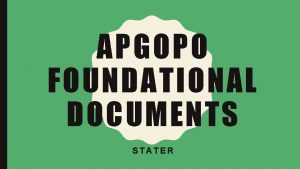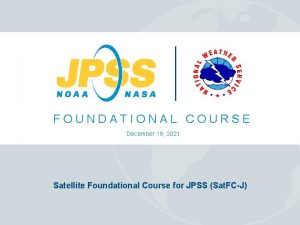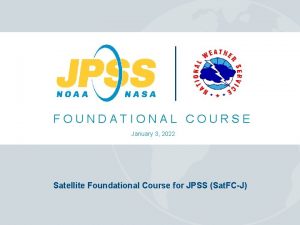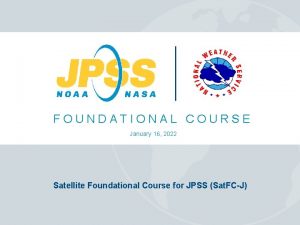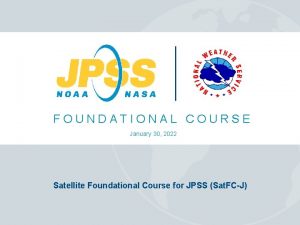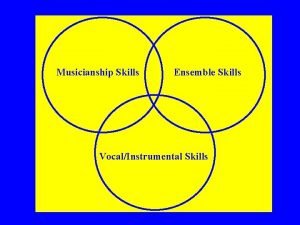POETRY UNIT LI Students will develop foundational skills






















- Slides: 22

POETRY UNIT LI: Students will develop foundational skills needed for the poetry unit. SC: Students will create a presentation that demonstrates their understanding of literary devices in poetry.

� New Seats!

� What went well during the previous unit? � What did not work? � Any suggestions?

� Procrastination kills � Many of you still need strict guidance � Directions are rarely read

� Taking the extra step � Getting out of your comfort zone � Stop doing “just enough”

� Professional � We Development Plan must improve and we will improve.

� Essential Questions: How do poets express themes of self and identity? How does a one’s environment affect their character? � Harlem Renaissance � Counterculture of the 60’s � Chicano Poetry

� Daily Activities � Poetry Presentation

� Why is poetry important?

� An allegory is a narrative in which all (or most) of the events, locales, and characters correspond systematically to the events and characters in a completely different context.

� Alliteration is the repetition of the initial consonant sound in words. � Jakia jumped in the jar of jelly. � Despite their mother’s warnings, the children chose to chew with their mouths open. � The grass grew green in the graveyard. � He keeps the kitchen clean.

� Also known as near rhyme, off rhyme, or slant rhyme, consonance is the repetition of consonant sounds in the middle or at the end of words. � Her finger hungered for a ring. � The satin mittens were ancient. � You could paddle through the spittle in the bottle.

� Assonance is the repetition of vowel sounds. It is often used in combination with consonance and alliteration. � He saw the cost and hauled off. � Will she read these cheap leaflets. � The snow in the rose garden groaned.

� Diction is the term used to refer to the poet's choice of words in a poem. Words vary in their levels of abstraction, and we can speak of words as being concrete or abstract. Words also vary in their formality. Words also have specific or direct definitions (denotations), as well as implied meanings (connotations) associated with their use. Connotations as well as denotations of words can vary in meaning historically and geographically.

� Enjambment is when the writer uses line breaks meaningfully and abruptly to either emphasize a point or to create dual meanings. � Rolling through the field in the dead of winter.

� Figurative language occurs whenever a poet uses words in ways that deviate from their usual meaning. A metaphor is a comparison between two things that are otherwise unrelated. A simile is a kind of metaphor that uses like or as in the comparison.

� An idiom is a phrase where the words together have a meaning that is different from the dictionary definitions of the individual words. � Born on the wrong side of the tracks � Raining cats and dogs � Kiss of death

� Imagery is when the writer or speaker uses their descriptions to access the senses of the reader or listener. � An old lump of snow melted in the corner. � The chirping crickets filled the empty night air. � I was awoken by the pleasing scent of the bacon as it wafted down the hallway

� Repetition is when the writer or speaker knowingly repeats a word or group of words for effect. � Nobody, oh nobody can make it out here alone. � Free at last! Thank God Almighty, we are free at last! � Love is a red, red rose.

� Rhyme is when the end or final sound of two or more words are identical. � I left my punch card on the lunch yard. � I drove a race car to the space bar. � We saw a butterfly flutter by.

� Rhythm is when the arrangement of words creates an audible pattern or beat when read out loud. � There once was a guy from Chicago / Who drank away all of his problems. � I know it is wet and the sun is not sunny / but we can have lots of good fun that is funny.

� A symbol is an object or action that carries with it meaning that goes beyond the object or action itself. Symbols are often specific to a particular culture rather than universally recognized.
 How to develop reading skills in students
How to develop reading skills in students Developing effective reading skills
Developing effective reading skills Foundational skills definition
Foundational skills definition Foundational skills assessment
Foundational skills assessment Foundational public health services
Foundational public health services Foundational marketing
Foundational marketing Foundational marketing
Foundational marketing Amerigroup fcs
Amerigroup fcs Foundational framework meaning
Foundational framework meaning Foundational marketing
Foundational marketing Foundational economy
Foundational economy Foundational strategy
Foundational strategy Harvard it academy specified foundational courses
Harvard it academy specified foundational courses Personal skills
Personal skills Perceptive listening meaning
Perceptive listening meaning Rizal was involved in student demonstration in madrid
Rizal was involved in student demonstration in madrid Marzano element 19
Marzano element 19 Communication skills of senior high school students
Communication skills of senior high school students The importance of listening
The importance of listening Soft skills quiz for students
Soft skills quiz for students Unit 10, unit 10 review tests, unit 10 general test
Unit 10, unit 10 review tests, unit 10 general test स्किल क्या है
स्किल क्या है Ontario skills passport essential skills
Ontario skills passport essential skills
